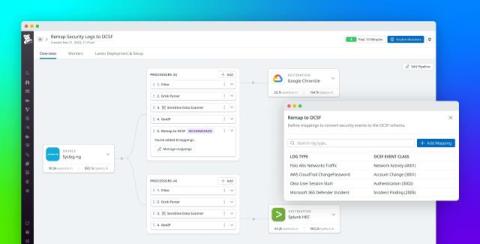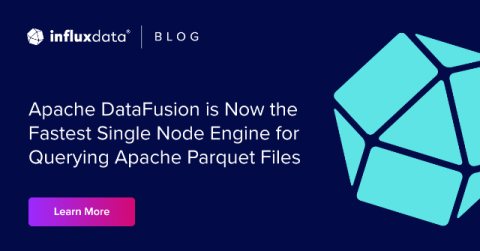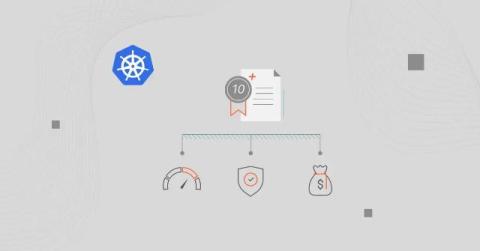Stream logs in the OCSF format to your preferred security vendors or data lakes with Observability Pipelines
Today, CISOs and security teams face a rapidly growing volume of logs from a variety of sources, all arriving in different formats. They write and maintain detection rules, build pipelines, and investigate threats across multiple environments and applications. Efficiently maintaining their security posture across multiple products and data formats has become increasingly challenging.










